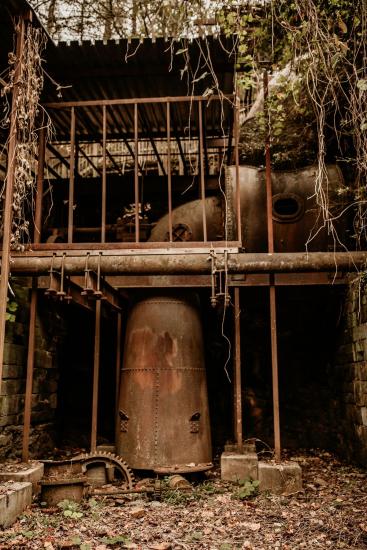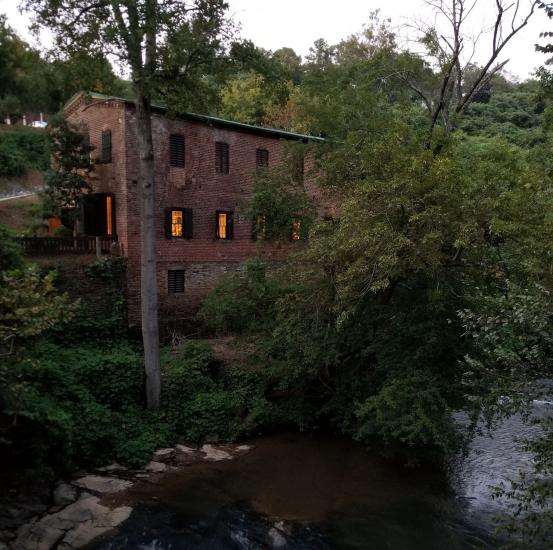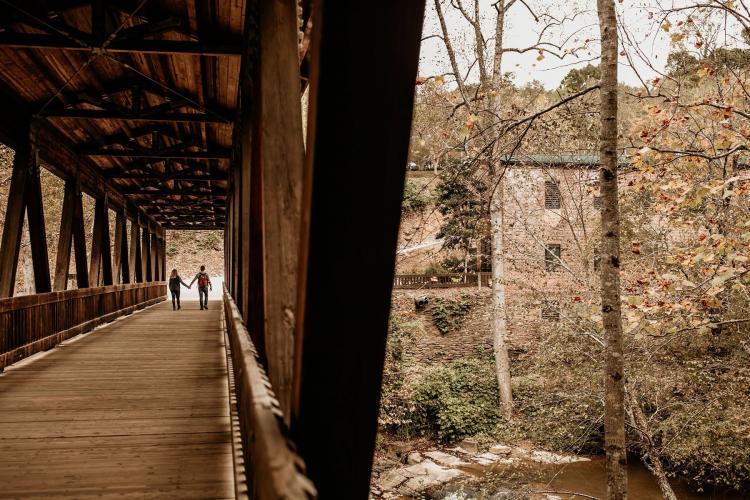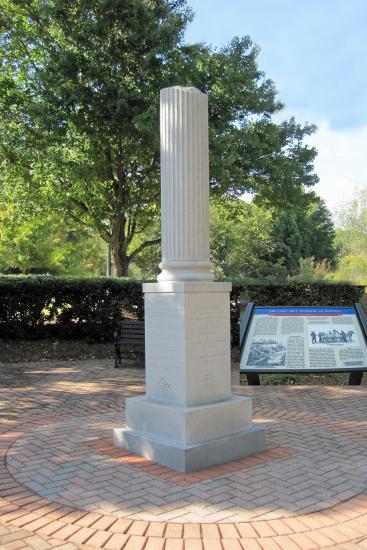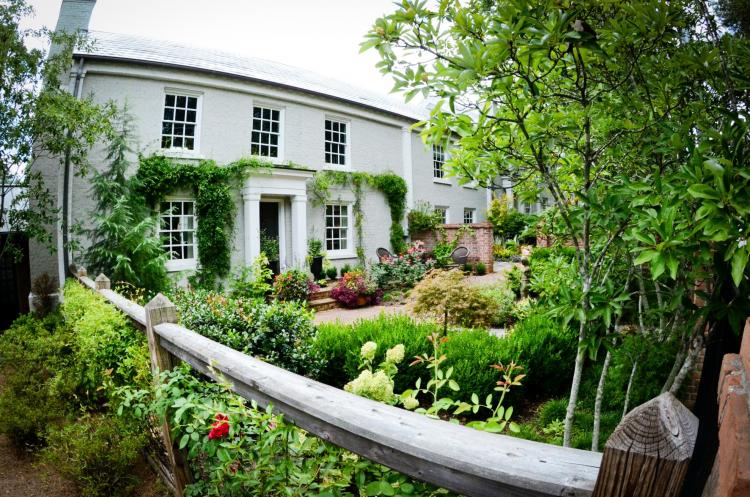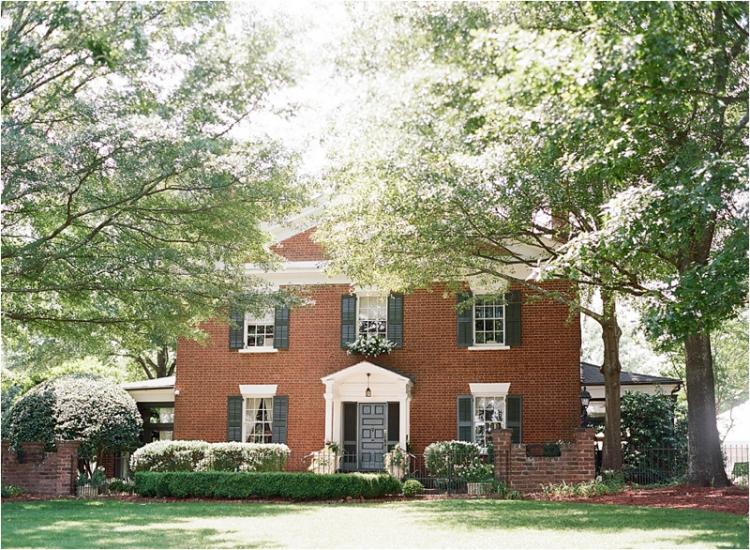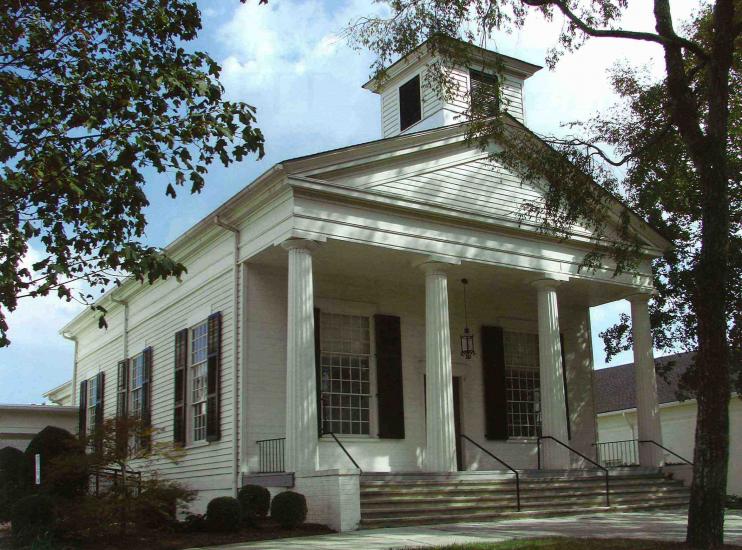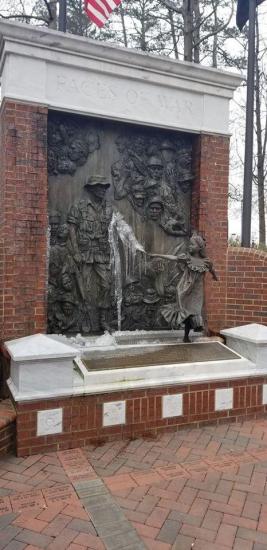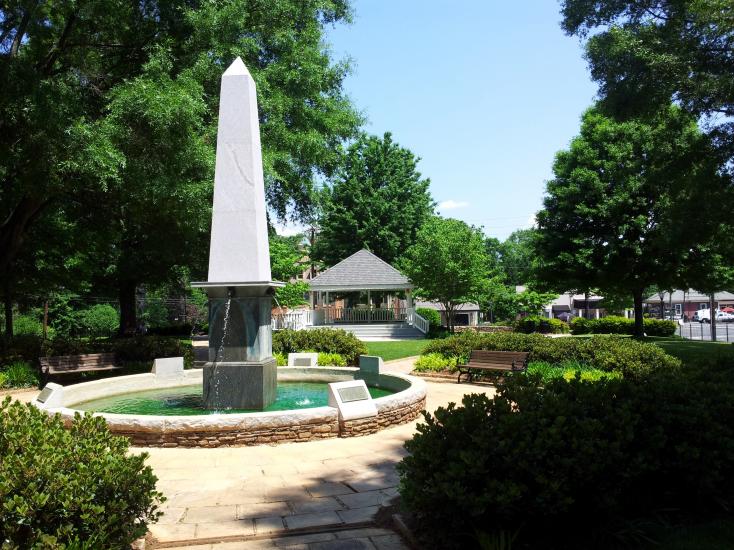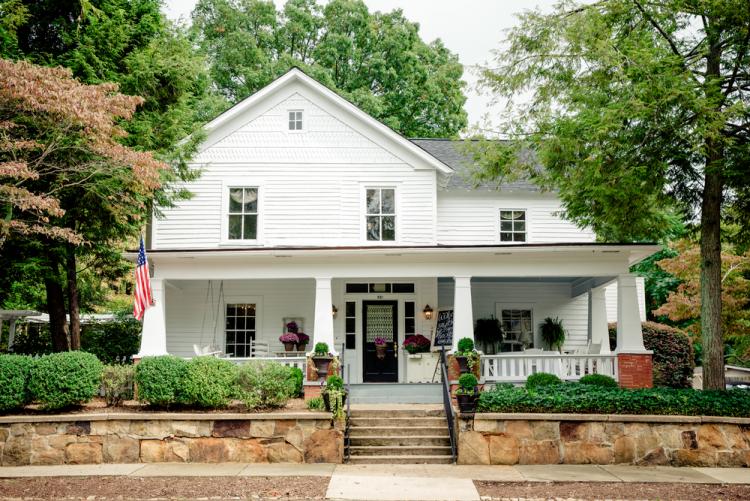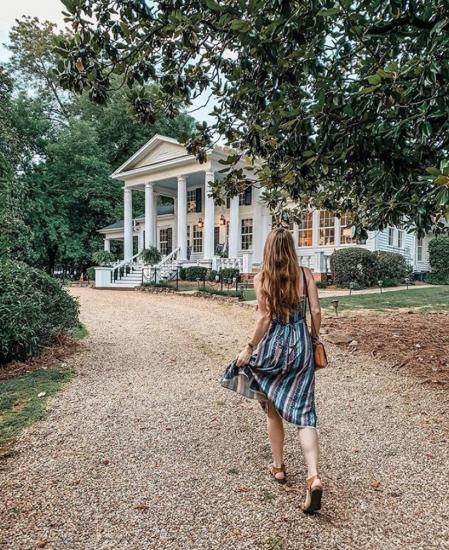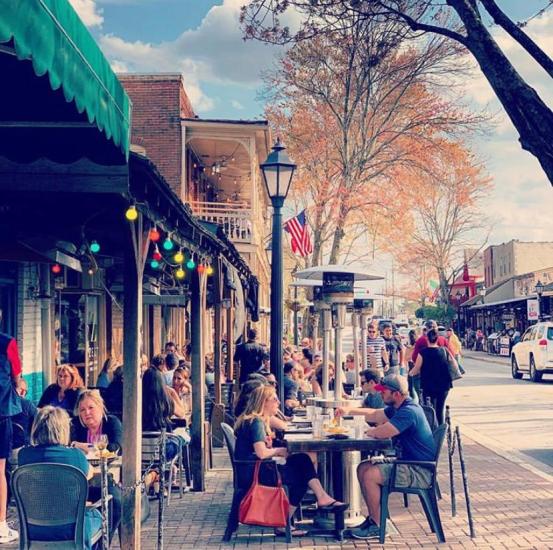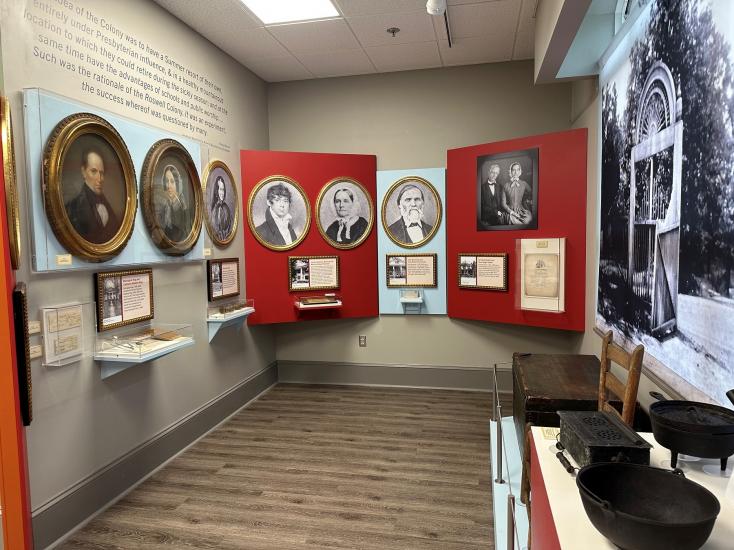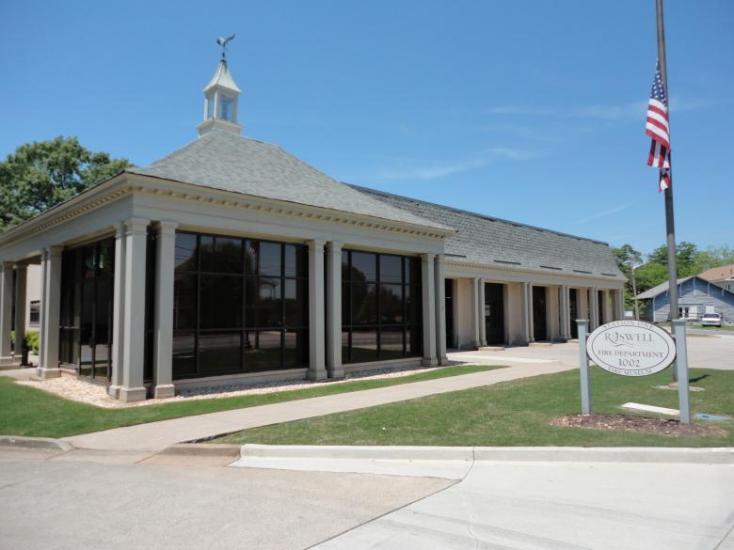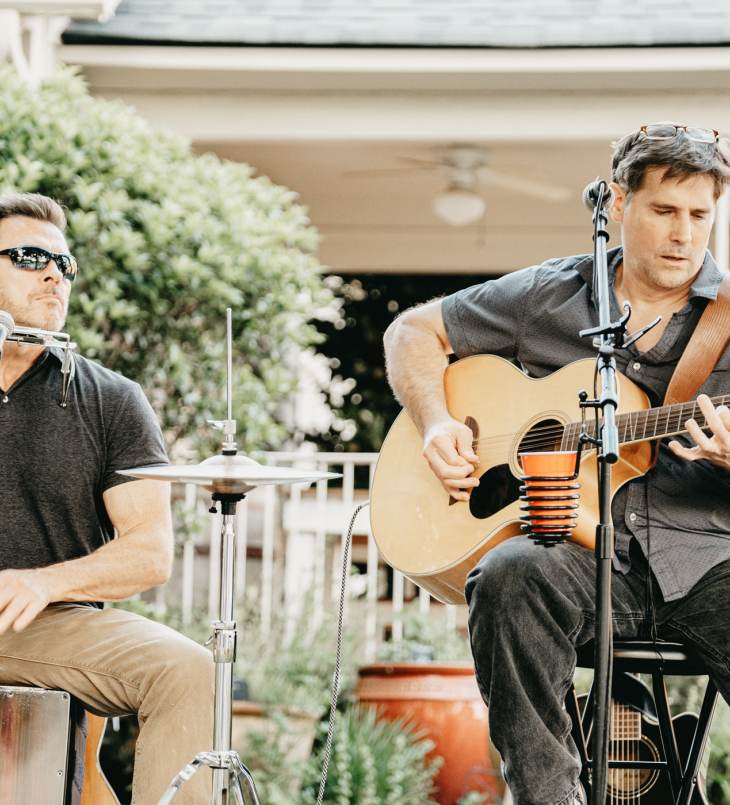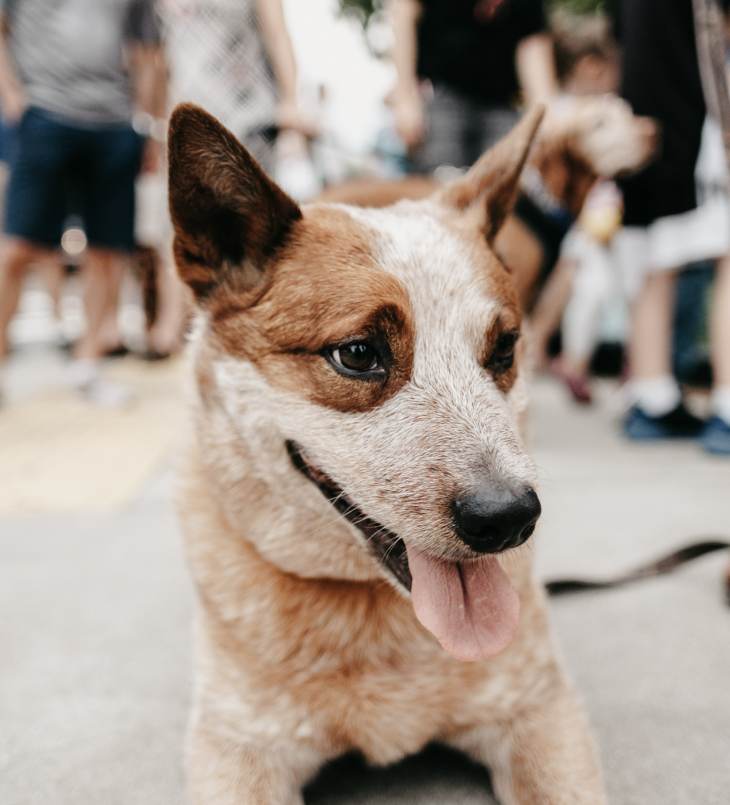Historic District Sites
Roswell is full of history from our beginning as a mill town and the families that created the community around it.
Visitor Information
Visit Roswell offices are located at 1099 Alpharetta Street. Stop by Monday through Friday 9 am - 5 pm and Saturday 10 am - 3 pm. You can also find our mobile visitor center, the Roswell Channel, out and about in the community each week.
Local Stories
Whether you consider yourself a history buff, the outdoorsy type, a treasure hunter, an art aficionado, a foodie or you're traveling with children, you'll find something that you love in Roswell.

